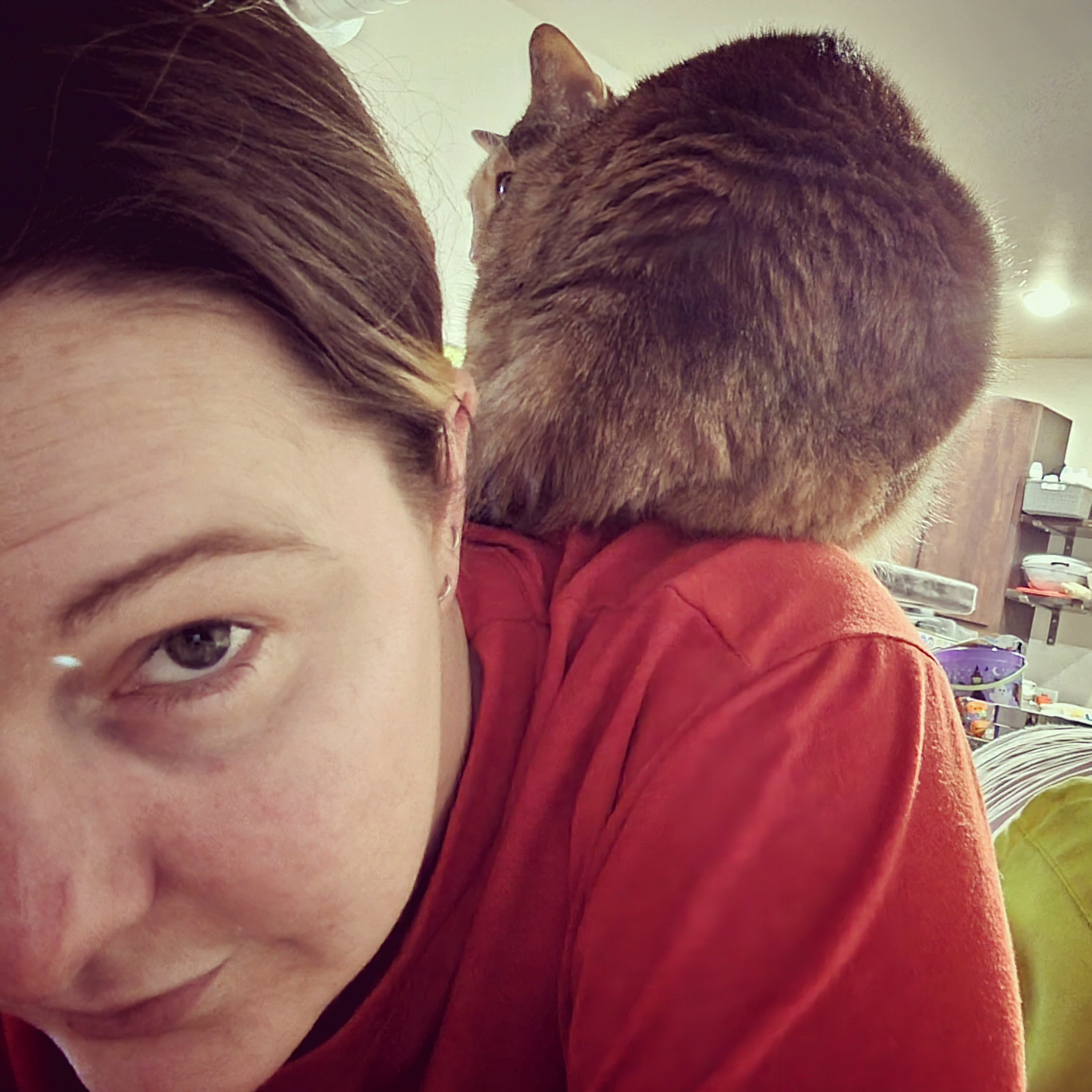Majora’s Mask Gets Scientific in this Break Down of the Moon’s Fall to Termina
Posted on June 13 2018 by Kat Vadam
Can the moon really fall from orbit to a planet’s surface in just three days? How comparable to our own planet and moon are the land and moon of Termina? Could this happen on Earth? Ultimately, how scientifically accurate was Majora’s Mask? Science educator Kyle Hill of Because Science combines comedy and astrophysics to answer these very questions in his new video.
Hill splits the video into three parts — get it? — each focused on a different step that needs to be solved to get the answers sought. The first day section covers the basic dimensions and formulas needed to calculate what sort of powerful force it would take to stop a moon completely in its orbit. The second, Hill then focuses on what it would take to get the moon to fall straight down, and how long such a fall would take. And finally, he figures out what alterations to the formulas are necessary to make the moon fall in exactly three days.
Now, I don’t know if the rough accuracy was intended when Majora’s Mask was first being developed: it seems a bit more complicated than necessary for something that’s just meant to be a narrative about defeating evil forces. I like to imagine a team of scientists in the back of Nintendo, furiously scribbling on chalk boards, surrounded by images of an evilly-grinning moon, but I doubt that was actually the case. Still, the fact that the game came so close is absolutely fascinating, and, on a more visceral level, a bit frightening.
What do you think, of the video and the accuracy of the notorious “three days?” Let us know in the comments below!

Kat Vadam is a mother of one, proud cat mom, and wife to someone far nerdier than she could ever hope to be. She also works by day as an analyst, writer, and editor. Here at Zelda Dungeon, she is the Head of Social Media and a copy editor, though she still enjoys occasionally writing things. Someday, she plans on giving up all her worldly possessions to move to the forest and become best friends with a korok. Were it so easy.



